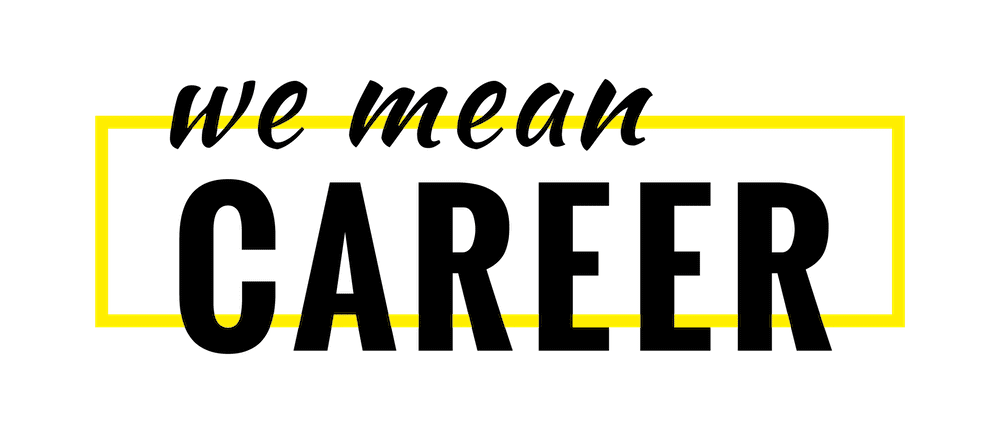HOW TO WRITE PROFESSIONAL EMAILS

Email is a widely-used communication tool, both for professional and personal purposes. It’s so fast and efficient, it’s no wonder so many professionals rely on it.
Emails are used to arrange meetings, introduce new team members, share new policies, provide updates, and much more!
This means that it’s vital your emails are well-composed. They should be clear and concise, friendly, and actionable. It’s very important to look professional. So, here are some top tips on writing the perfect work email:
1. Determine the purpose of your email
Before sending a professional email, you should always consider the purpose of the email. What do you want the recipient to do after reading it?
Thinking carefully about this beforehand is essential. It means you can ensure everything that’s included is relevant, and that you don’t miss out on anything important!
For example, if you want the person to review a document, you will need to make sure they know what the document is, why it’s important they read it, and what feedback or further action you need after they have done this.
Additionally, should always consider the audience before you begin writing your email. Your tone should be suitable for the audience.
If it’s someone you’ve never met or one of your superiors, your email should be very professional and free of any informalities. But, if it’s a colleague you know well, you might choose a slightly less formal and more friendly approach.
2. Stick to standard email structure
Next, it’s important to stick to a standard email structure. You should aim to do this consistently in all email correspondence.
Here is a structure you can use:
1. Subject line
To start, you need to include a short but meaningful phrase in the subject line. This should, basically, summarize the reason for your message and set the tone of the communication. An example of this could be, “Product presentation – follow up”.
The subject line should include the key goals of your message. This is essential for professional emails, as it means the recipient knows exactly what to expect. It also means they can locate the message more easily if they need to.
2. Introduction
Next, your email message itself should begin with a warm greeting. Ideally, try and include a compliment or pleasantry. Then, lead on to the main point of your email – your opening sentence. This should provide the reason for your email.
3. Email content
The content of your email should be clear and relevant to the purpose of the communication. Keeping your email concise makes it easier to read and much more professional.
Your recipient may be short of time, so make sure it’s as brief as possible without missing out on any key information. Try not to cover too many topics at once as this can make the email too long. You also run the risk of losing the meaning of the content – so try and stick to the point!
4. Call-to-action
You should wrap up the content of your email with a call-to-action. This gives directions on what you would like the recipient to do next, or reiterate any requests made earlier in the email. For example, “I look forward to speaking with you on Monday at 10 am”.
5. Closing message
Lastly, finish your email with a professional sign-off, which should include your full name, as well as any other relevant information. Most email software allows you to set a signature which will automatically be added to all the emails you send out.
3. Always proofread emails thoroughly
Before sending out your email, it’s a good idea to proofread it for any spelling or grammar errors or any incorrect information. An email free of mistakes shows diligence and professionalism. Make sure you’ve added any attachments if they’re mentioned in the text.
If you’re unsure about your message – especially if it’s of high importance – you can also ask a colleague or supervisor to check it over before you send it!
4. Read “Business Email” by Marc Roche
If you’re searching for more information on how to write business emails, this is an amazing book! It provides loads of resources and tips on writing professionally, as well as ways to improve your overall English skills for business purposes.
It covers all the essentials, including email structure, formatting, vocabulary, tone, and much more. Plus, there are over 100 templates to get you started!
We hope that the tips we’ve provided are helpful in showing you how to communicate more effectively by email. Making sure that your message is clear, professional, and easy-to-understand are super-important for being more successful and productive at work!



